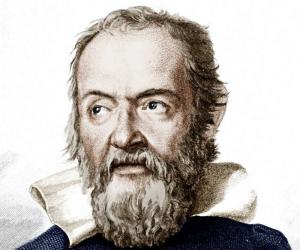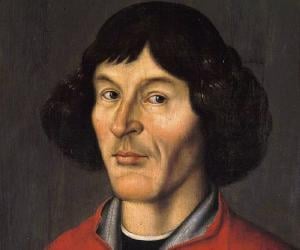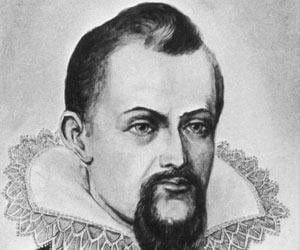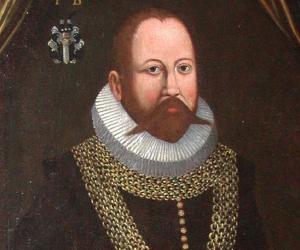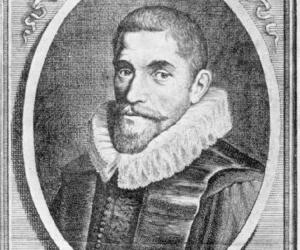An Italian astronomer, engineer, and physicist, Galileo Galilei is widely regarded as the father of observational astronomy, the father of the scientific method, the father of modern physics, and the father of modern science. He is credited with popularizing the telescope, which changed the course of history.
Nicolaus Copernicus was a mathematician and astronomer. He is credited with formulating Heliocentrism, which led to the Copernican Revolution. Although Aristarchus of Samos had formulated Heliocentrism 18 centuries earlier, Copernicus was responsible for popularizing it. Copernicus is also credited with formulating an economic principle, which was later called Gresham's law.
This 17th-century German mathematician, astronomer, and astrologer is remembered for his pathbreaking work on optics. He invented a developed version of the refracting telescope. He also laid down Kepler's laws of planetary motion and wrote Astronomia Nova, Harmonices Mundi, and Epitome Astronomiae Copernicanae.
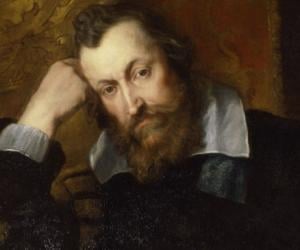
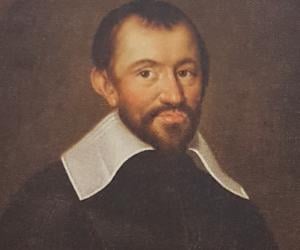
French Catholic priest and astronomer Pierre Gassendi is remembered for his efforts to reconcile atomism with Christian ideals and for his anti-Aristotelianism. His studies included research on Epicurean philosophy. Apart from observing the transit of Mercury, he also studied the speed of sound and horizontal momentum.
Willebrord Snell was a Dutch mathematician and astronomer. He is credited with rediscovering the law of refraction, which is named Snell's law in his honor. A much-revered mathematician in the Netherlands, Willebrord Snell was honored by the Royal Netherlands Navy by naming three of its survey ships after him. Snellius, a lunar crater, is also named in his honor.
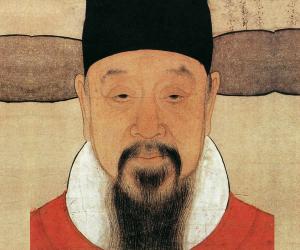
Xu Guangqi, or Paul, was a Chinese official of the Ming dynasty and one of the most prominent Chinese converts before the 20th century. An agronomist, a mathematician, an astronomer, a politician, and an author, he translated many Western works. He was also known as one of the Three Pillars of Chinese Catholicism.
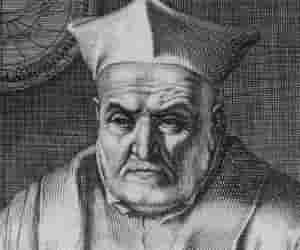
Christopher Clavius was a Jesuit German astronomer and mathematician. Clavius was one of the members of the Vatican commission that gave a green signal to Aloysius Lilius' calendar which came to be known as the Gregorian calendar. He was one of Europe's most respected astronomers; his books were used for over 50 years for astronomical education in and around Europe.
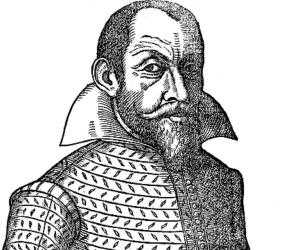
Simon Marius was a German astronomer who was one of the first observers of Jupiter's four largest moons. He was charged with plagiarism for publishing his discovery. He is now credited with naming the moons of Jupiter. Simon Marius is also remembered for being Galileo Galilei's one of foremost rivals.
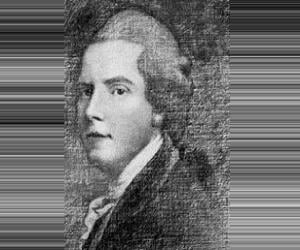
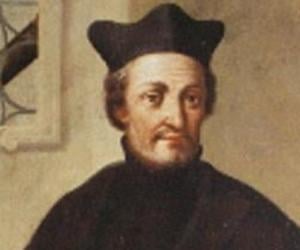
Christoph Scheiner was a Jesuit priest, astronomer, and physicist. He is credited with inventing the pantograph which he demonstrated in Munich after he was invited by Duke William V of Bavaria. Several schools and streets in Germany are named after him. A lunar crater is also named in his honor.
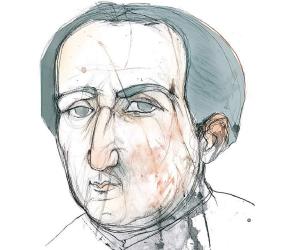
Abraham Zacuto was a Castilian mathematician, astrologer, astronomer, historian, and rabbi. He is best remembered for his service as the Royal Astronomer under King John II of Portugal. Abraham Zacuto's maritime charts and astronomical tables played a prominent role in the Portuguese and Spanish navigation capability; they were used by the likes of Christopher Columbus and Vasco Da Gama.
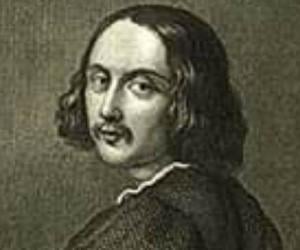
Having lost his doctor father to an execution after he was charged with stealing from his patients, Georg Joachim Rheticus ditched his paternal surname. The Austrian-born mathematician is best remembered for his tables of trigonometric functions. He was also one of the first to propagate the Copernican heliocentric theory.
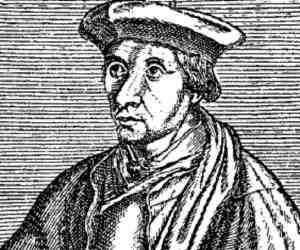
Sixteenth-century French mathematician Oronce Finé was also a skilled cartographer. Some of his best works remain his heart-shaped map of the world, his ivory sundial, and his woodcut map of France. He also earned a degree in medicine and was imprisoned for opposing the French king’s concordat to universities.
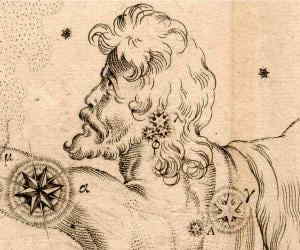
Johann Bayer was a German uranographer and lawyer. He is best remembered for gauging the positions of several objects on the celestial sphere. His book Uranometria, which was published in 1603, publicized a system of identifying stars that are visible to the naked eye. The moon’s crater Bayer is named so in his honor.
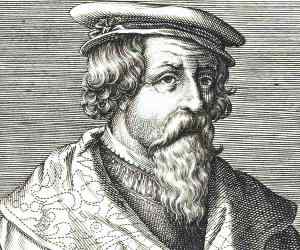
Petrus Apianus was a German humanist whose published works pertaining to geography and astronomy are considered one of the most important works of his time. His works, such as Cosmographicus liber (1524) and Astronomicum Caesareum (1540), which were translated into several languages were being published even after his death.


Baha' al-din al-'Amili was an Arab Iranian Shia philosopher, Islamic scholar, architect, astronomer, mathematician, and poet who flourished in Safavid Iran during the late 16th and early 17th century. Baha' al-din al-'Amili was one of the first astronomers in the Islamic world to advocate the possibility of the Earth's movement before the outspread of the Copernican theory.
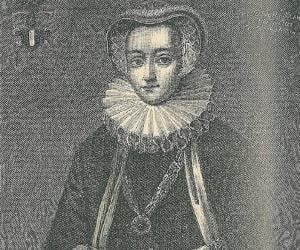
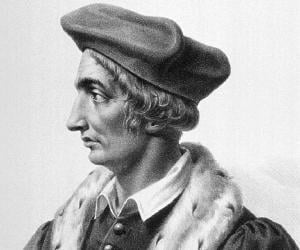
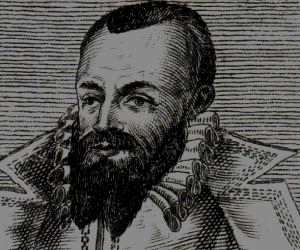
Once a Lutheran pastor, Michael Maestlin later became one of the greatest astronomers from Germany. He was one of the first to teach the heliocentric Copernican theory and later became famous as the mentor of Johannes Kepler. He was also apparently the first to measure the orbit of a comet.
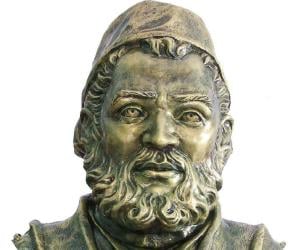
Aloysius Lilius, also known as Luigi Lilio, is best remembered as the main author of the Gregorian Calendar. Well-versed in medicine and astronomy, Lilius hailed from Calabria, Italy, though not much is known about his life. His calendar was presented to Pope Gregory XIII by his brother Antonio.
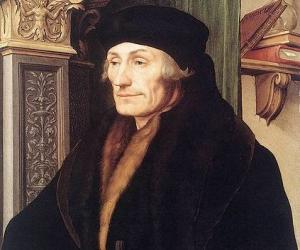

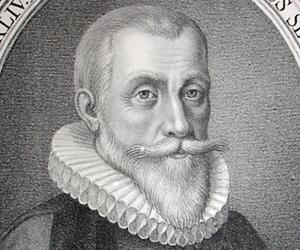
Christen Sørensen Longomontanus was a Danish astronomer best remembered for developing Tycho Brahe's geoheliocentric model of the universe. Brahe's geoheliocentric model, which was also known as the Tychonic system, was widely accepted at that time. Christen Sørensen Longomontanus also published major works in astronomy and mathematics such as Systematis Mathematici and Disputatio de Eclipsibus.


